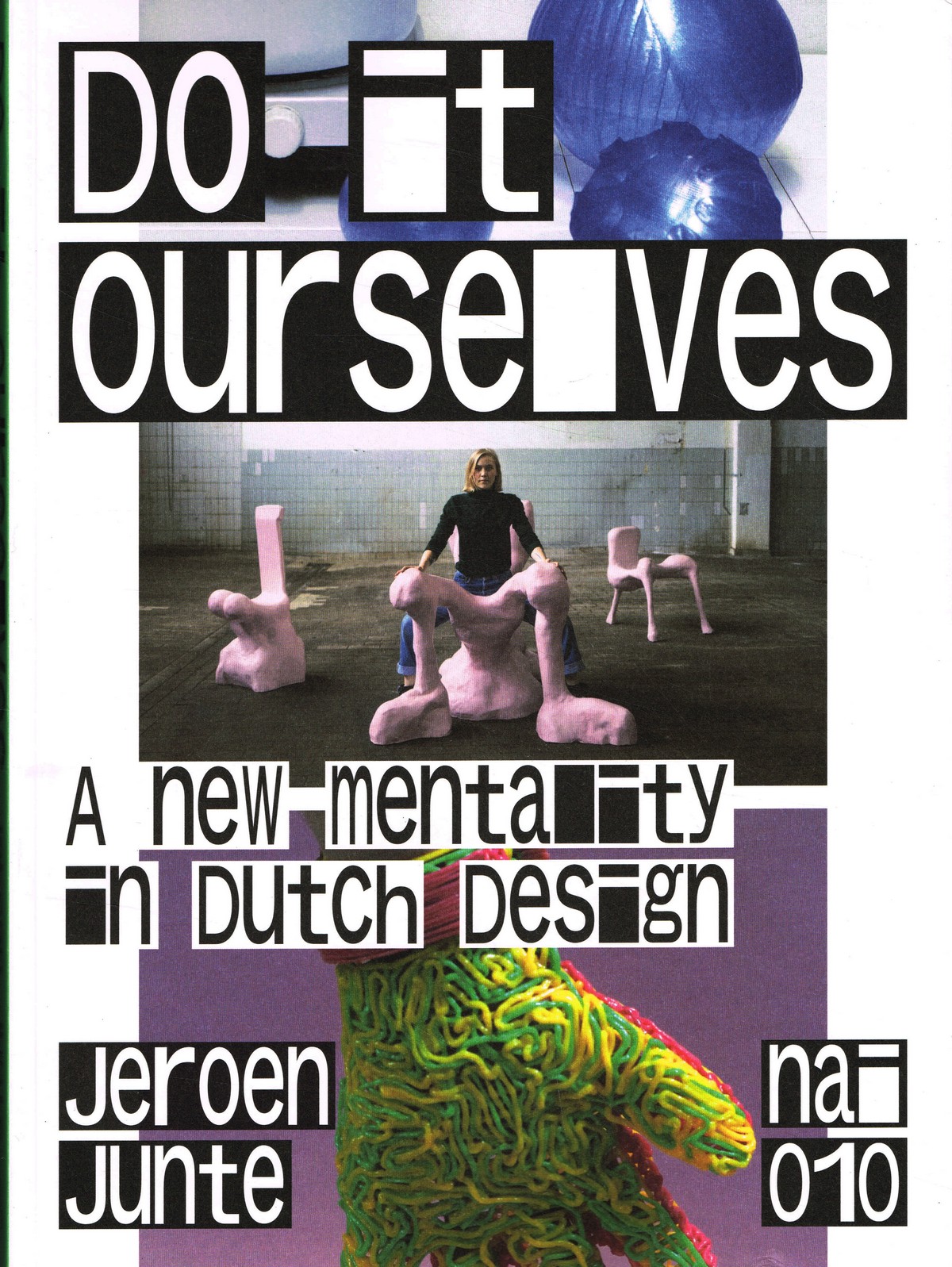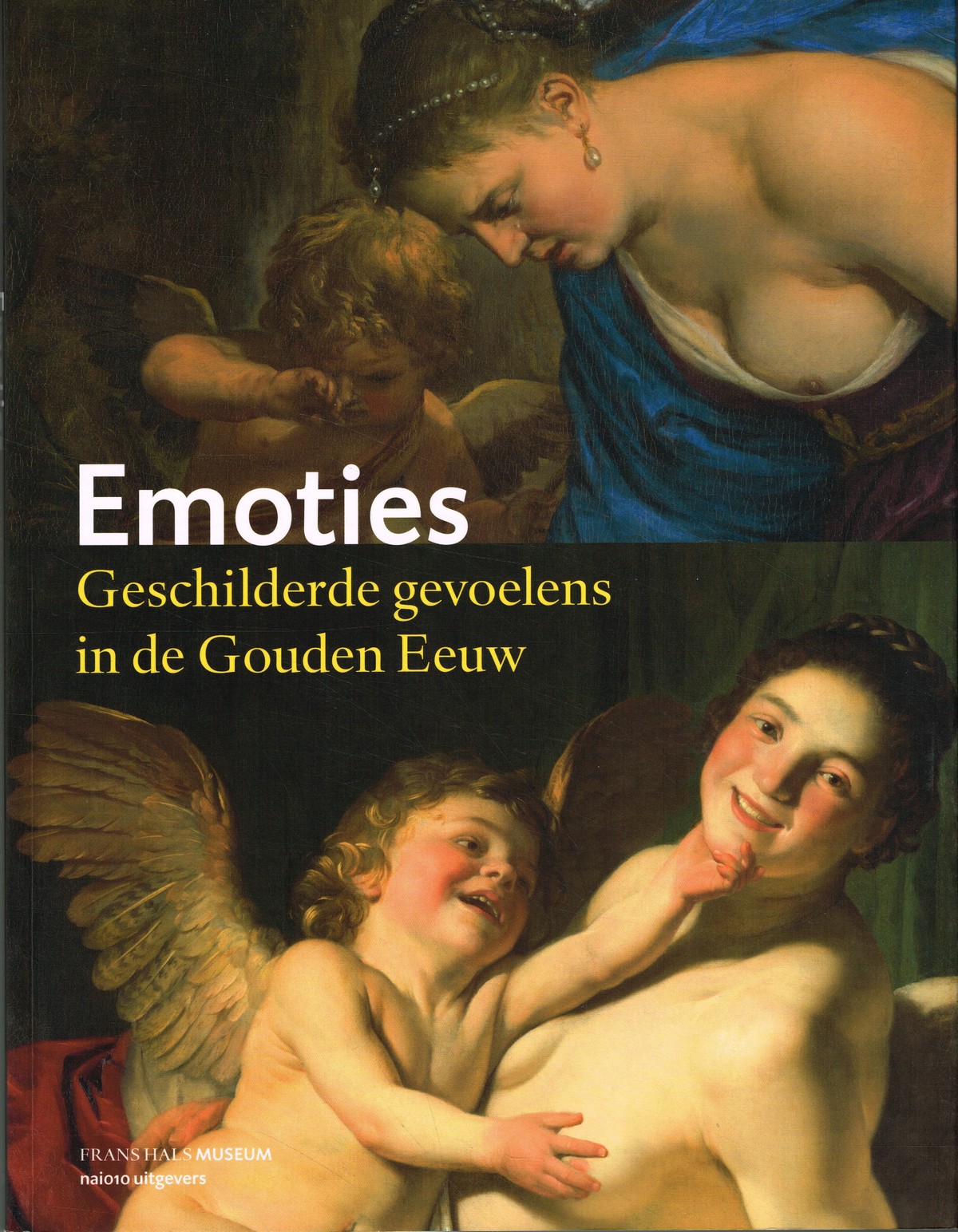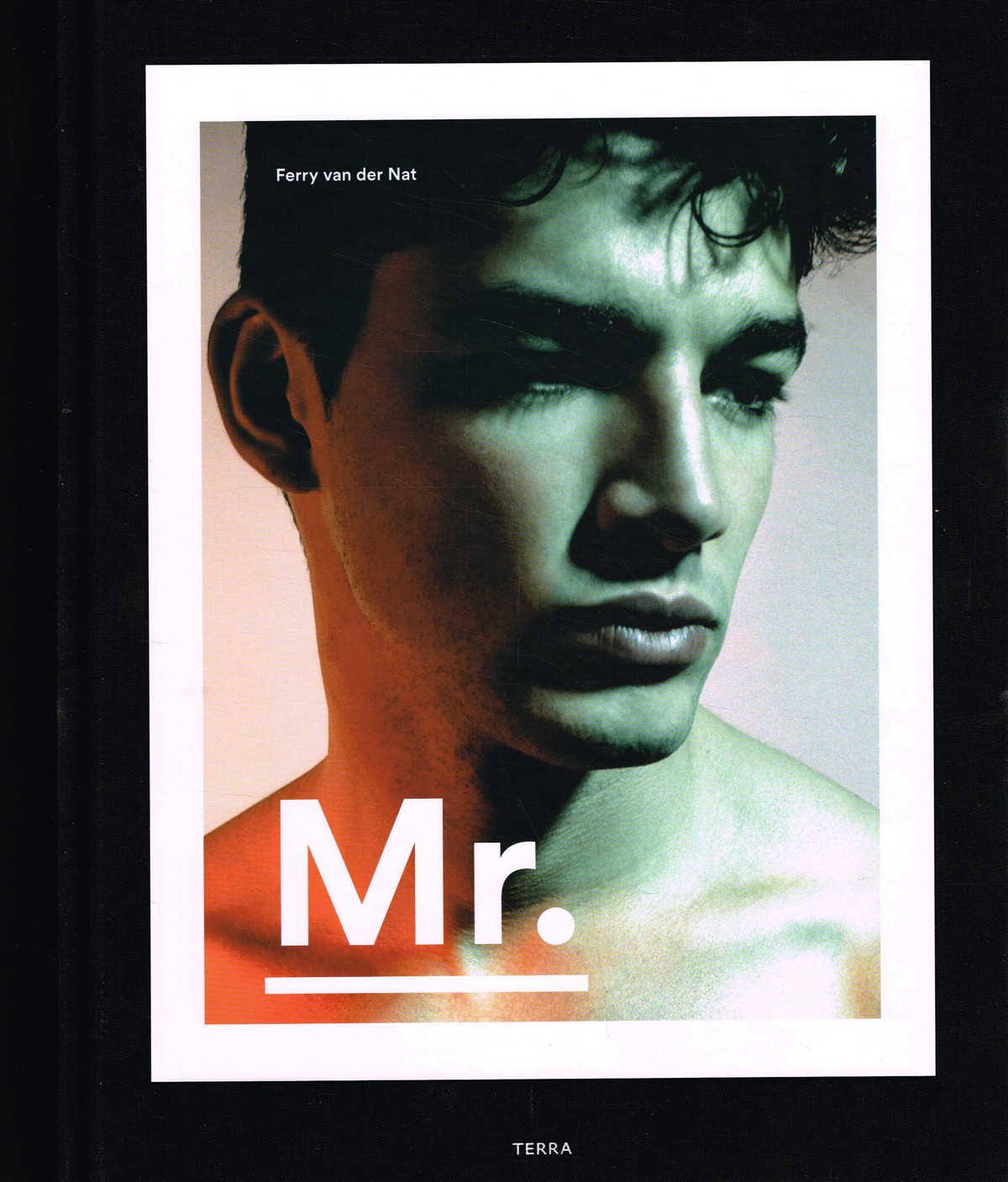Ferry van der Nat
Mr.
€ 69,50 Oorspronkelijke prijs was: € 69,50.€ 19,90Huidige prijs is: € 19,90.
For English see below- Fotograaf, stylist en moderedacteur Ferry van der Nat werkt voor tal van modebladen en merken. Onder de naam Mr Polaroid begon Van der Nat met het maken van sterke sculpturale polaroids van mannelijke modellen. Wat begon als een persoonlijk project, groeide uit tot een grote verzameling beelden en een viering van mannelijke schoonheid. De allereerste monografie van de heer Polaroid bevat meer dan 200 van zijn beste foto’s. Met bijdragen van Gert Jonkers (Fantastic Man) en Alan Prada (l’Uomo Vogue).- Photographer, stylist and fashion editor Ferry van der Nat has been working for numerous fashion magazine and brands. Under the name Mr Polaroid, Van der Nat began taking strong sculptural polaroids of male models. What started as a personal project evolved into a great collection of images and a celebration of male beauty. Mr Polaroid’s first ever monograph contains over 200 of his best photographs. With contributions by Gert Jonkers (Fantastic Man) and Alan Prada (l’Uomo Vogue).
Gerelateerde producten
geschiedenis

Frank Bennett Fiske
The Standing Rock Portraits
For English see below- Meer dan honderd jaar geleden begon fotograaf Frank Bennett Fiske (1883-1952) met het fotograferen van leden van de Standing Rock Sioux in zijn studio in Fort Yates, North Dakota. Hij was 16 jaar oud toen hij de studio overnam van S.T. Fansler. De mannen en vrouwen die Fiske fotografeerde waren zijn vrienden en buren, indianen die al meer dan twintig jaar in dit reservaat woonden. Fiske heeft daar bijna zijn hele leven gewoond. De getoonde beelden zijn gemaakt met een grote studiocamera op glasplaatnegatieven en zijn verbluffend qua helderheid en compositie en zijn zelden in het openbaar gezien.De in Dakota geboren fotograaf en grafisch ontwerper Murray Lemley heeft een selectie van Fiske's werk samengesteld zodat de wereld deze kan zien.- More than a hundred years ago, photographer Frank Bennett Fiske (1883-1952) began photographing members of the Standing Rock Sioux in his studio at Fort Yates, North Dakota. He was 16 years old when he took over the studio from S.T. Fansler. The men and women Fiske photographed were his friends and neighbors, Native Americans who had lived on this reservation for more than 20 years. Fiske lived there nearly all his life. Made with a large studio camera on glass plate negatives, the resulting images are stunning in their clarity and composition, and have rarely been seen in public. Dakota native, photographer and graphic designer Murray Lemley has curated a selection of Fiske's work for the world to see. Engelstalig boek Terrageb - 112 blz
kunst

Carli Hermès
Carli Hermès
For English see below- Dit is de overzichtstentoonstelling van het werk van de internationaal erkende fotograaf en regisseur Carli Hermès (1963, Nederland). Hermès staat bekend om zijn compromisloze stijl als zowel commercieel fotograaf als autonoom kunstenaar en biedt een wereld die herkenbaar is aan zijn sensuele en vaak erotische bevrijding. 'Carli Hermès' bevat 200 foto's die de afgelopen 30 jaar zijn gemaakt en bevat controversiële campagnes voor merken als Levi's, G-Star en Suitsupply, evenals een selectie uit het fascinerende oeuvre van Hermés - waaronder een reeks niet eerder gepubliceerde werken die hij speciaal voor deze publicatie ontwikkelde.- This is the retrospective of the work of internationally recognised photographer and director Carli Hermès (1963, The Netherlands). Renowned for his uncompromising style as both a commercial photographer and an autonomous artist, Hermès offers a world that is identifiable by its sensual and often erotic liberation. 'Carli Hermès' contains 200 photographs taken over the past 30 years and includes controversial campaigns for brands such as Levi's, G-Star and Suitsupplyas well as a selection from Hermes' fascinating body of autonomous work - including a series of previously unpublished works that he developed specifically for this publication. Terrageb - 294 blz
geschiedenis

Reinjan Mulder
Objectief Nederland
For English see below - In 1974 legde Reinjan Mulder (1949) een grof raster over de kaart van Nederland en trok eropuit om op de 52 kruispunten te gaan fotograferen. Doel was de objectieve werkelijkheid van Nederland vast te leggen, ongekleurd door tradities, bereikbaarheid en schoonheidsidealen. Het project werd 42 jaar later tentoongesteld in het Rijksmuseum in Amsterdam, en in opdracht van Rijksadviseur voor de fysieke leefomgeving Berno Strootman geherfotografeerd door fotografe Cleo Wächter (1993). Met ongeëvenaarde precisie, maar niet zonder eigen artistieke inbreng, voltooide Wächter in 2017 het herfotografieproject Objectief Nederland 1974-2017. De twee fotoseries worden nu gebundeld in Objectief Nederland. Veranderend landschap 1974-2017, een historisch document dat de vele veranderingen van het Nederlandse landschap in de afgelopen halve eeuw op een vernieuwende manier in kaart brengt en tegelijk fotografie als kunstvorm en bron van wetenschap bevraagt. Is fotografie ooit écht objectief te noemen? En leent iets wat begon als kunstproject zich wel voor wetenschappelijke doeleinden? -- In 1974, Reinjan Mulder (b. 1949) placed a coarsely-woven grid on top of a map of the Netherlands and set off to photograph the 52 resulting intersections. His aim was to capture the objective reality of the Netherlands, uncoloured by traditions, accessibility and beauty ideals. The project was exhibited at the Amsterdam Rijksmuseum 42 years later, and was re-photographed by photographer Cleo Wächter (b. 1993), on request of Government Advisor for the Physical Living Environment Berno Strootman. Working with unparalleled precision, Wächter succeeded in contributing her own artistic perspective and completed the re-photography project Objective Netherlands 1974-2017 in 2017. The two photo series are now combined in this book, a historical document that innovatively maps the many changes the Dutch landscape went through over the past 50 years and simultaneously raises questions about photography as an art form and scientific source. Can photography ever be truly objective? Can something that started out as an art project also lend itself to scientific purposes? Nederland's- en Engelstalig boek nai010pap - 207 blz
kunst

Jeroen Junte
Do It Ourselves
For English see below Nederlandse ontwerpers hebben de afgelopen jaren een scherpe koerswijziging doorgemaakt. De nieuwe lichting ontwerpers kiest nieuwe waarden en uitgangspunten en streeft door onderzoek en samenwerking naar maatschappelijke relevantie en impact. Deze 'post-crisisgeneratie' is bevlogen, optimistisch, maar ook pragmatisch met oog voor schoonheid. Humor en het concept als bijna obligate instrumenten zijn verruild voor engagement en vrij onderzoek. Ironie en beschouwende kritiek hebben plaatsgemaakt voor onbevangenheid en dadendrang. Ambacht en lokale productie worden onderzocht als een realistisch alternatief voor vastgelopen systemen. Naast kunst en design worden ook wetenschap, technologie, sociale studies en politiek gezien als speelvelden voor ontwerpers. Kortom, de nieuwste generatie ontwerpers zoekt naar een inhoudelijke verdieping van het vak en streeft naar een positieve bijdrage aan maatschappelijke vraagstukken. Designjournalist en?criticus Jeroen Junte beschrijft voor het eerst deze nieuwe fase in de ontwikkeling van het alom geprezen Dutch Design en voert de lezer langs 199 verrassende, innovatieve en verbazingwekkende projecten en producten. - English - In recent years, Dutch Design has sharply diverged from its previous course. A generation of designers trained in and shaped by the crisis years chose new values and starting points. The focus is now on inquisitive and collaborative makers who strive for social relevance and, if possible, impact. This 'post-crisis generation' is committed and optimistic, but also pragmatic and in possession of an eye for beauty. Humour and the almost inescapable concept have been exchanged for engagement and free research and irony and contemplative criticism for open-mindedness and the will to act. Craftsmanship and local production are examined as realistic alternatives to deadlocked systems of production and distribution. In addition to art and design, science, technology, social studies and politics are also seen as design arenas. In short, the latest generation of designers is looking to substantiate the content of the profession and make positive contributions to social issues. Well-known design writer Jeroen Junte is the first to describe this new stage in the development of the widely acclaimed Dutch Design, by way of 199 surprising, innovative, astonishing projects and products. Engelstalig boek nai010pap - 275 blz


